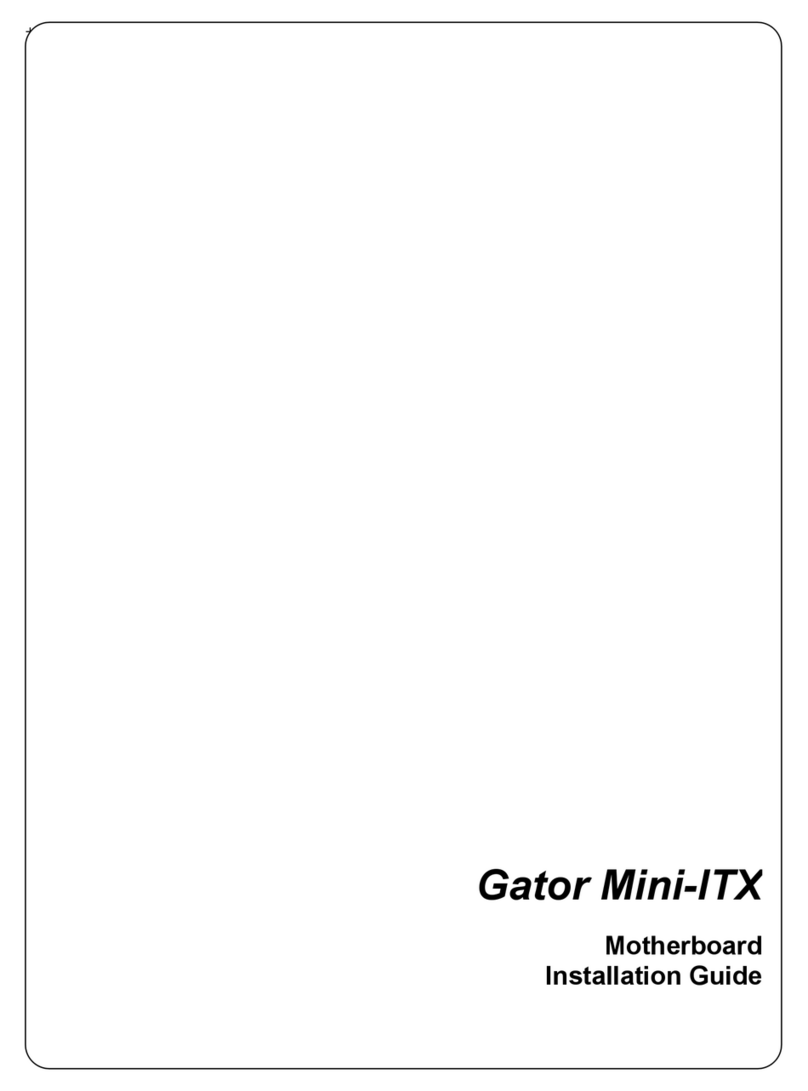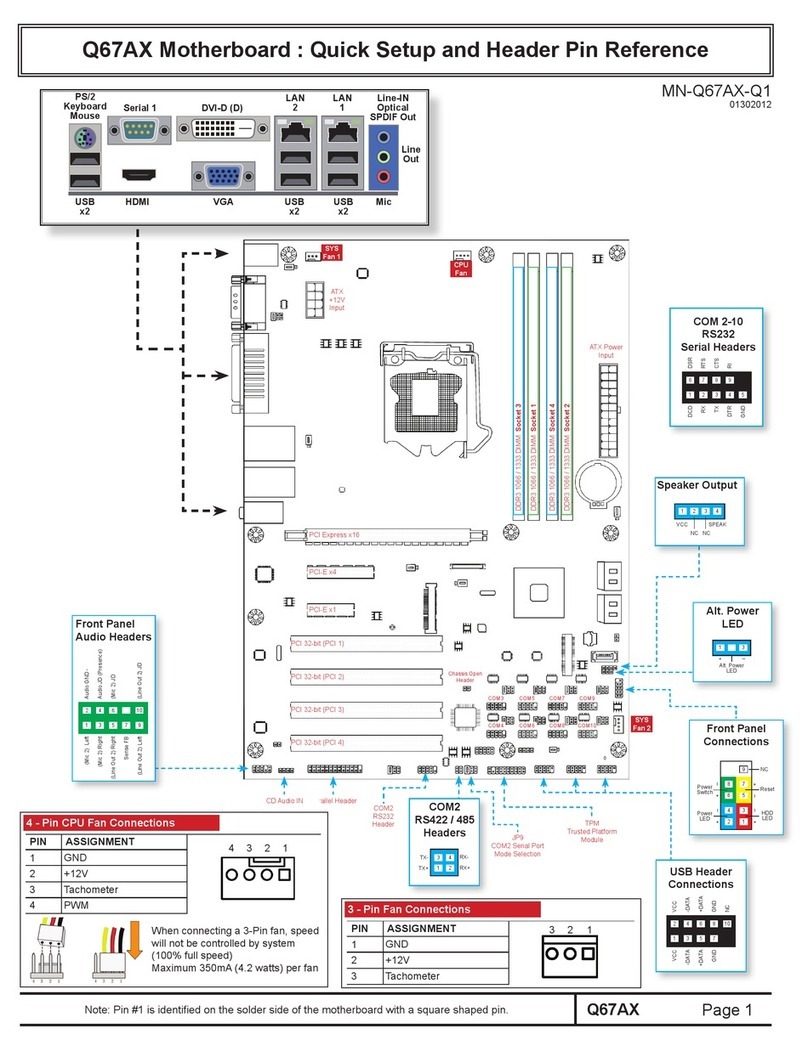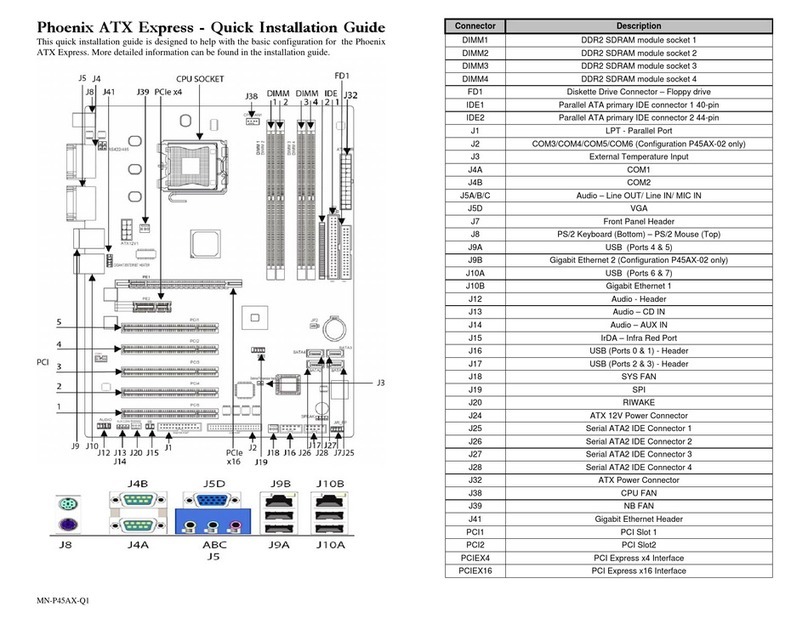
2
Table of Contents
REVISION HISTORY ................................................................................................................. 4
PREFACE 5
SAFETY PRECAUTIONS WARNING!....................................................................................... 6
Static Electricity Warning! ..................................................................................................................... 6
FCC Notice ........................................................................................................................................... 6
CE Notice ............................................................................................................................................. 6
Conventions Used in this Manual ......................................................................................................... 6
CHAPTER 1 TECHNICAL SPECIFICATIONS ..................................................................... 7
Embedded Processors (1155 LGA package) ....................................................................................... 7
Non-Embedded Processors ................................................................................................................. 7
Chipset ................................................................................................................................................. 7
Peripheral Chips ................................................................................................................................... 8
System Memory .................................................................................................................................... 8
BIOS ..................................................................................................................................................... 8
Embedded I/0 ....................................................................................................................................... 8
Miscellaneous ....................................................................................................................................... 9
Power connectors ................................................................................................................................. 9
Fan Headers ......................................................................................................................................... 9
Form Factor and Dimensions ............................................................................................................... 9
Environmental Requirements ............................................................................................................... 9
CHAPTER 2 HARDWARE CONFIGURATION ...................................................................10
Handling Precautions ......................................................................................................................... 10
Connector Locations........................................................................................................................... 11
Header Locations ............................................................................................................................... 12
Jumper Locations ............................................................................................................................... 13
Setting the Jumpers............................................................................................................................ 15
Jumpers .............................................................................................................................................. 16
Headers .............................................................................................................................................. 18
Connectors ......................................................................................................................................... 28
Installing Memory ............................................................................................................................... 34
Installing CPU ..................................................................................................................................... 35
Installing HEAT SINK/FAN ................................................................................................................. 36
Installing FAN(s) ................................................................................................................................. 36
Installing Power Cables ...................................................................................................................... 36
CHAPTER 3 AMIBIOS SETUP ...........................................................................................37
BIOS Boot Sequence ......................................................................................................................... 37
Starting BIOS Setup ........................................................................................................................... 37
BIOS Setup Main Menu ...................................................................................................................... 38
Main Setup ......................................................................................................................................... 41
Advanced BIOS Setup ....................................................................................................................... 42
Chipset Setup ..................................................................................................................................... 47
Boot Setup .......................................................................................................................................... 52
Security Setup .................................................................................................................................... 54
Save & Exit Menu ............................................................................................................................... 55
APPENDIX A TECHNICAL SUMMARY ...............................................................................56




































